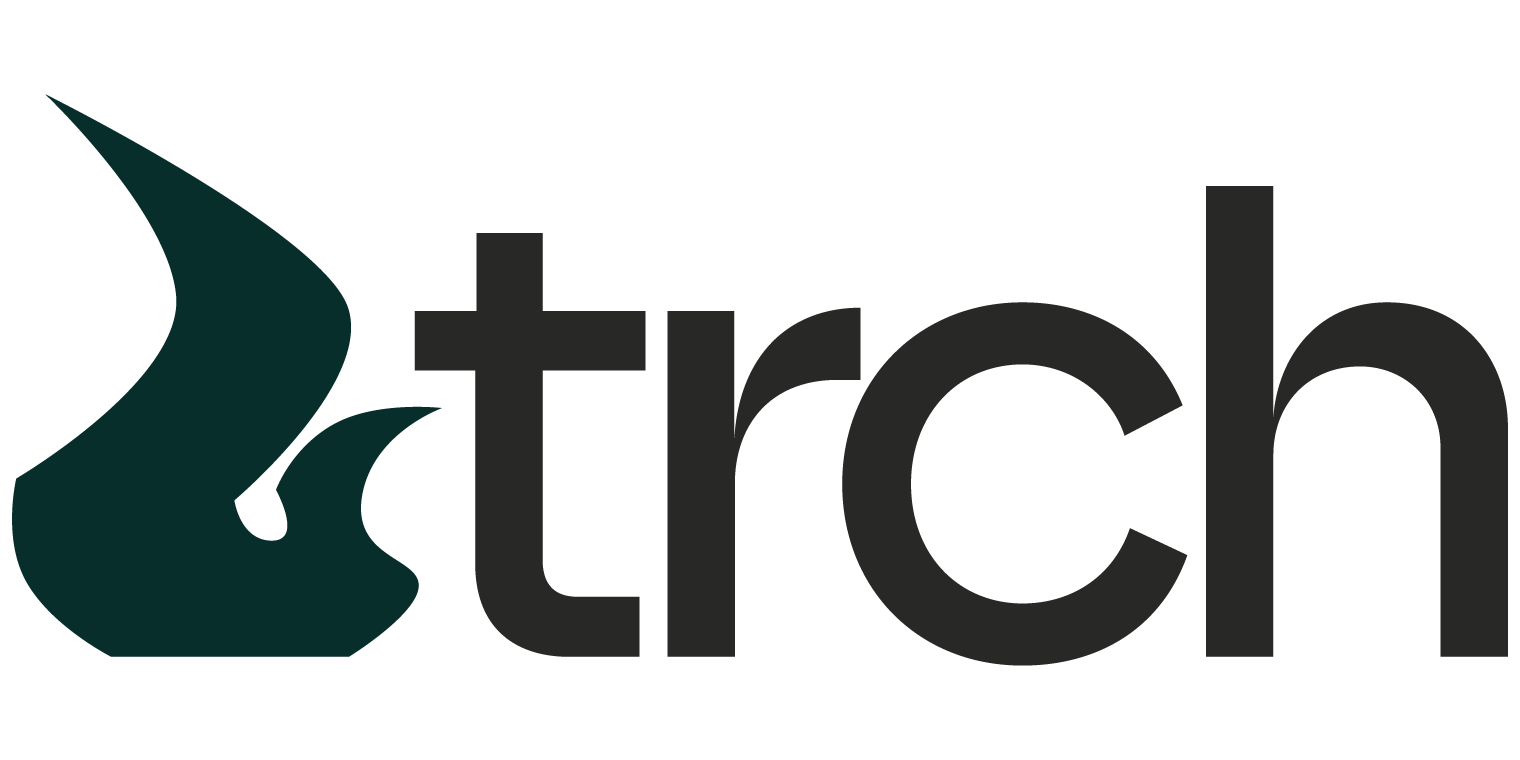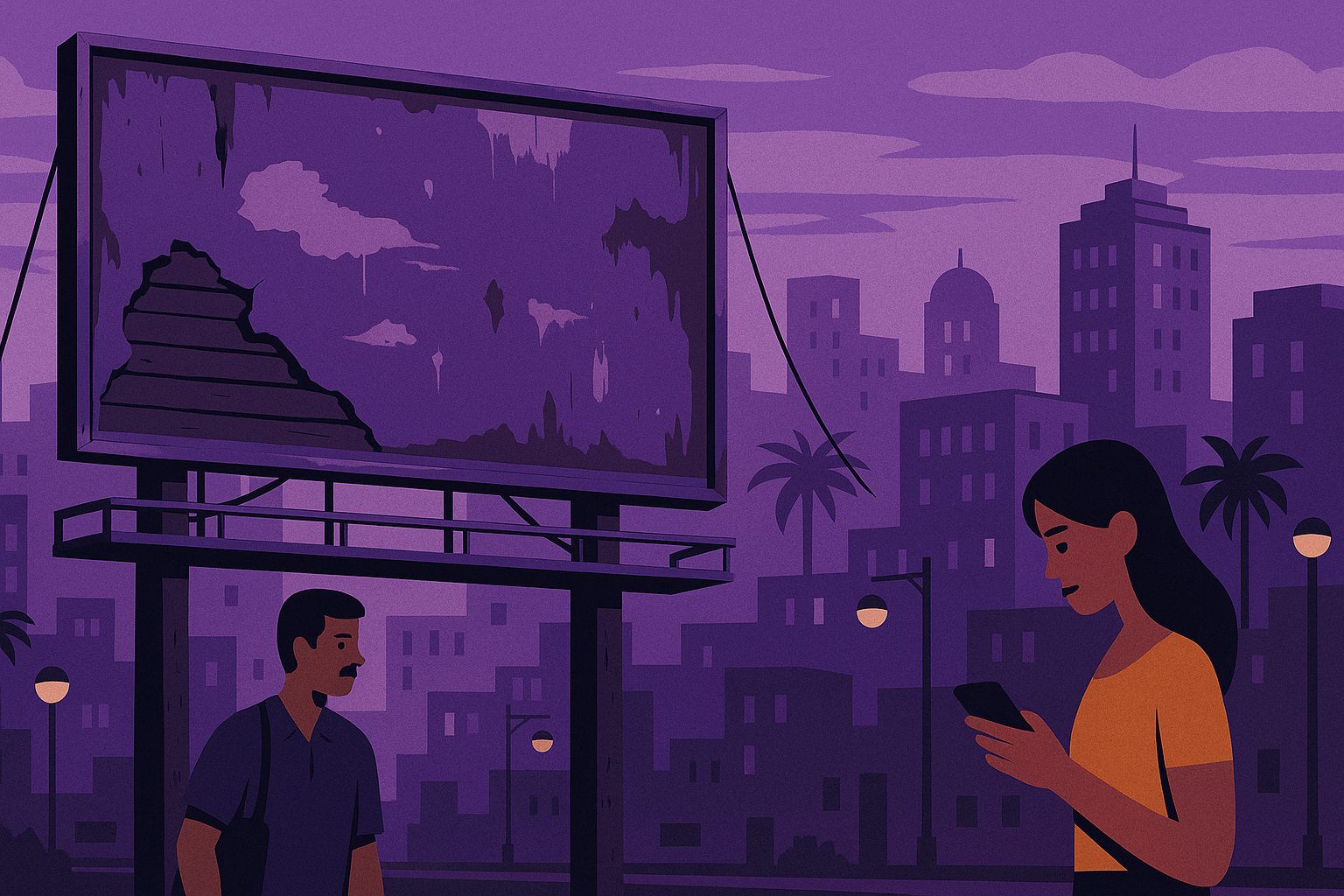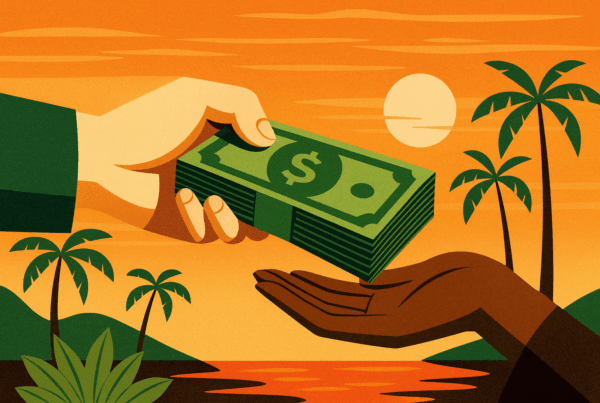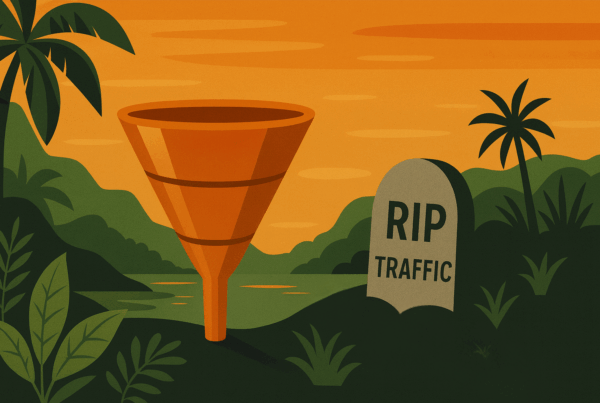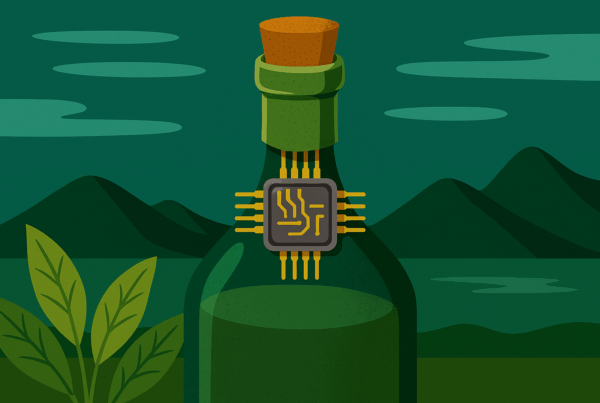The Competitive Advantage of First to Market (and Why It’s Fleeting)
There’s fortune and glory in being first. First to solve a nagging customer problem. First to frame the pain in a way that sticks. First to speak directly to an underserved market.
But here’s the truth that rarely makes it into celebratory launch-day speeches: First doesn’t mean forever.
Amazon wasn’t the first online bookstore. Tesla didn’t invent the electric vehicle. And Netflix didn’t kill Blockbuster with DVDs—it outmaneuvered them with streaming. First-mover advantage is less about the calendar and more about clarity: clear positioning, sharp messaging, and ruthless delivery.
Positioning yourself and using a competitive advantage strategy to serve an overlooked market can deliver an early spike in traction. But if that positioning isn’t reinforced with ongoing relevance—through innovation, culture, and delivery—it fades into background noise just like the brands you displaced.
The Paradox of Great Marketing
Great marketing creates demand. But it also creates imitators.
When a message resonates, competitors take notes. They borrow your language. Echo your visuals. Mimic your tactics. The campaign that once made you stand apart starts feeling suspiciously… communal.
Think about Peloton. It wasn’t just selling bikes—it was selling identity, aspiration, and community. Then came Echelon, NordicTrack, and a chorus of ‘me too’ brands, all tapping into the same motivational dopamine loop.
The paradox is this: the better your marketing, the more likely it will be diluted. That doesn’t mean it failed—it means it worked. But it also means it’s time to evolve.
Reinvention Is a Growth Strategy, Not a Crisis Response
The most successful companies treat reinvention not as a pivot, but as protocol. They modernize their story before it expires. They challenge their own assumptions before someone else does.
Look at Apple. It wasn’t stuck in iPod glory. It doubled down on iPhone innovation and reinvented itself as a privacy-first tech ecosystem. Or consider Adobe. They moved from packaged software to cloud-based subscriptions and now own the creator economy’s infrastructure. We use Adobe products at TRCH, and I’ve been a user for 25+ years – talk about loyalty. Not because they are great, but they solve our problems and maintain a community and ecosystem of products that make our workflows easier, more efficient, and billable.
Reinvention might come through:
-
Technology: New platforms, automation, or AI integration.
-
Talent: Bringing in fresh thinkers with different lenses.
-
Discovery: Listening to emerging signals in the market—what’s being said (or not said) in forums, reviews, or customer interviews.
Stagnation isn’t just standing still—it’s clinging to what used to work.
Business Isn’t a Museum. Stagnation Is the Real Risk.
The biggest mistake companies make is confusing operational consistency with strategic consistency.
Just because you run efficiently doesn’t mean you’re relevant. Kodak was legendary for its R&D—and still missed digital photography. Toys “R” Us owned the toy aisle—and missed e-commerce. Blackberry owned corporate pockets—and missed the app economy.
They didn’t lack resources. They lacked urgency. Relevance decays when curiosity stalls.
Five Warning Signs Your Competitive Advantage Is Expiring
Here’s your gut-check. If two or more of these sound familiar, it’s time to call in reinforcements.
-
Your core customers aren’t referring you anymore.
Word-of-mouth slows down when the ‘wow’ fades. If referrals are declining, you’re no longer giving people a story worth repeating. Are you selling the same product to the same audience? -
Competitors are using your language.
If your tagline or campaign cadence starts popping up elsewhere, congratulations—you were compelling. But it’s now their playground too. -
Your value prop needs explanation.
If sales and marketing need three slides or a phone call to explain your edge, it’s not an edge. It’s an inside joke with no punchline. -
Internal optimism is louder than market feedback.
Beware the echo chamber of belief. If internal teams are more bullish than your customers, you’re selling nostalgia, not impact. -
You’re solving the same problem in the same way.
The market evolves. So must your solution. If your product or service hasn’t meaningfully evolved in the last 12–18 months, assume your audience has—and moved on.
Strategy Is Not Static—It’s a Cycle
We’ve seen it all (Ok, A LOT): brands drunk on last year’s success, firms paralyzed by a single product’s stalling appeal, and innovators who won the first battle and forgot the war. The throughline? Those who stay sharp win longer. Those who stand still fall silently.
Competitive advantage is not a moat—it’s a moving current. You ride it by listening harder, reinventing faster, and never assuming permanence.
There’s no shame in being the best. Just don’t let it be your last big move.
